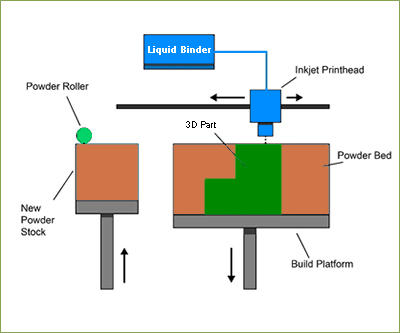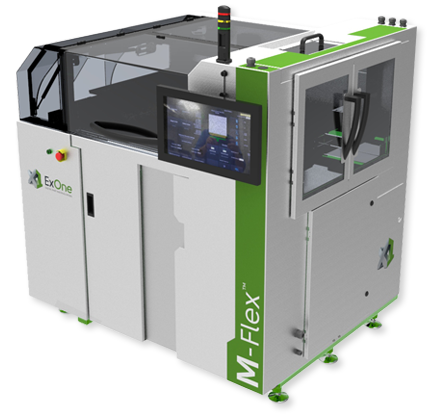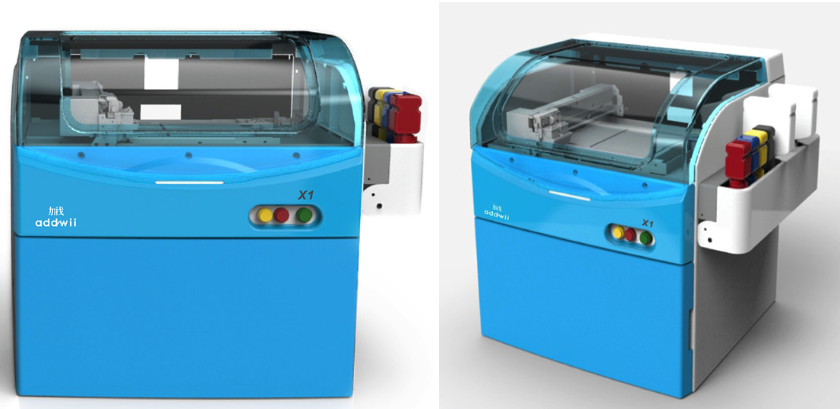Binder Jetting is one of seven recognized standard 3D printing processes. The technique is protected by the name 3DP technology. It was developed at the Massachusetts Institute of Technology (MIT) in 1993. The technology was later licensed by Z Corporation in 1995.
This is a powder-based 3D printing technique and uses a powder-like construction material to be held together by a liquid binder for 3D printing. In a typical binder blasting apparatus, there are two chambers where one chamber is filled with powdered construction material to feed the other chamber and the second chamber is used to make the 3D model. The 3D model is constructed by gluing the powdered construction material using liquid binder . The powder is placed in the first chamber and fed into the second chamber by rolling a sufficient quantity for each layer by a leveling roller. The unrolled powder is placed on the build platform that has been lowered to a depth equal to the height of the layer that must be created at the beginning of the process. The liquid adhesive binder is delivered through an inkjet print head that discards the liquid binder at a controlled rate as the head moves along the horizontal plane. After laying a single layer, the platform is again lowered to a depth equal to the height of the next layer and the powder is rolled out from the first chamber into the build chamber. Again, the next layer is constructed by launching the liquid binder from the print head in a computer-controlled manner. In the same way, all successive layers are constructed. After the final layer is completed, the 3D model is still glued along the remaining construction powder. The 3D model must be removed and the extra dust stuck to the model must be cleaned. Beforehand, the model needs to be left in the binder blasting machine to completely cool and solidify for a high-quality finish of the model.

The advantage of using the binder blasting process is that there is no need to use support structures while creating the 3D model. The model created has better mechanical characteristics and robust construction. Although the process is faster than other 3D printing processes, cleaning the extra bonded dust from the model is more time consuming after the model is generated.
Commonly used construction materials for the binder blasting process are stainless steel, glass and some polymers such as acrylonitrile butadiene styrene (ABS), polyamide (PA) and polycarbonate (PC). With a wide range of suitable construction materials and the possibility of many combinations of binders and powders, a wide variety of models with many possible colors and different mechanical properties can be created using the binder blasting process. However, due to the use of liquid binder, the process is generally not suitable for manufacturing structural parts. Still, the Binder jet can be used efficiently for prototyping.
ExOne M-Flex is one of the binder jet 3D printers used in industries. AddWii's X1 is another affordable slurry jet 3D printer.


In the next article in this series, Electric bed fusion technique for 3D printing will be discussed.

